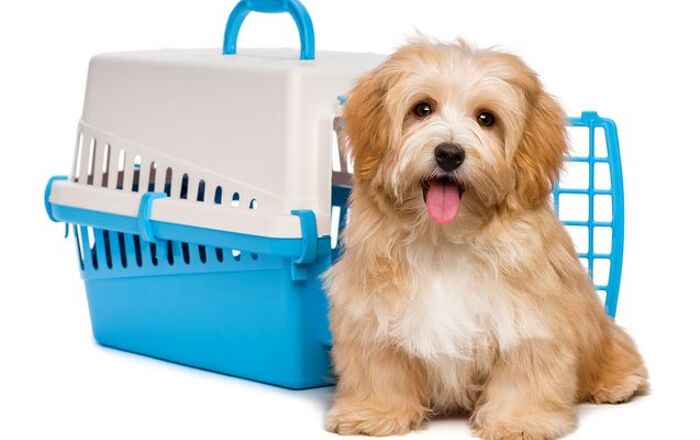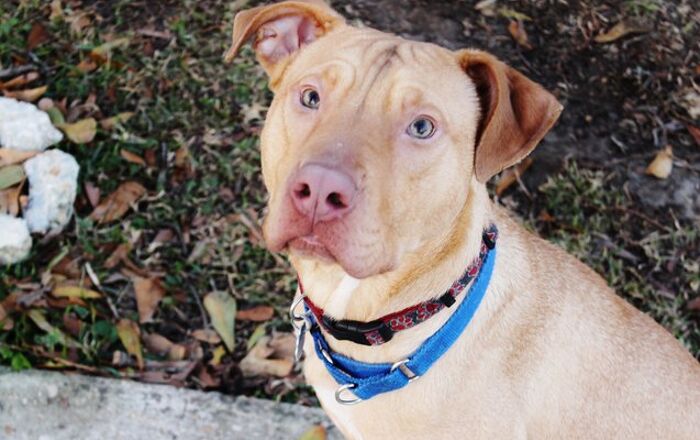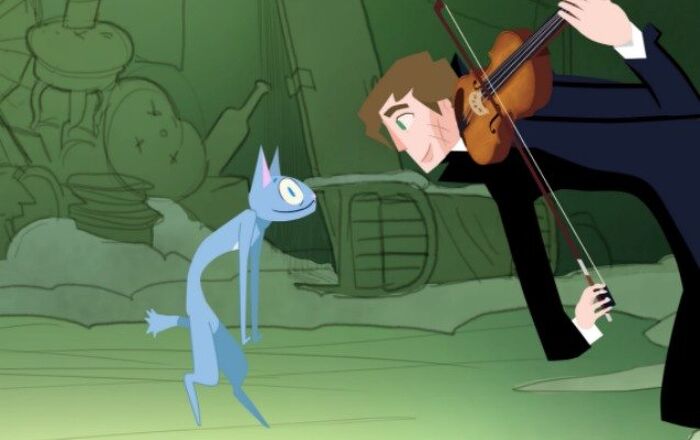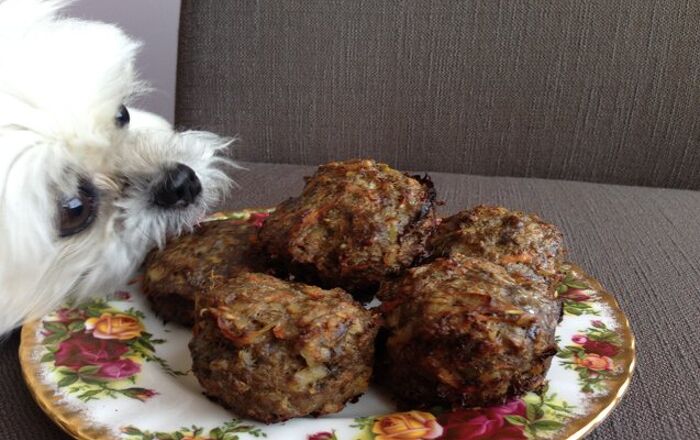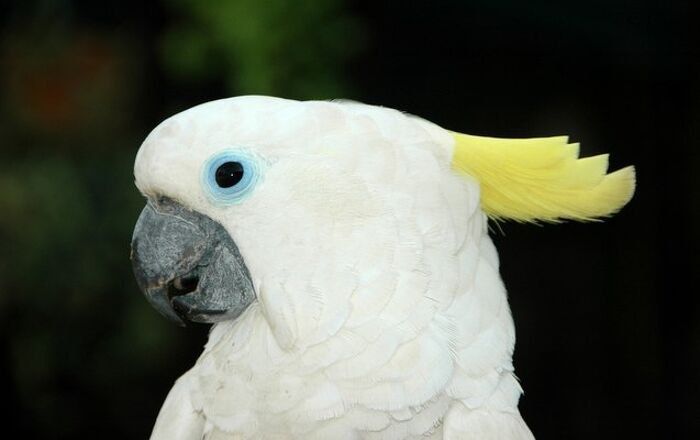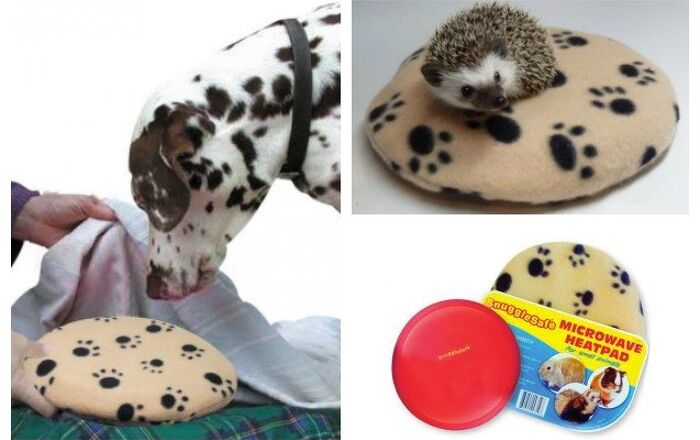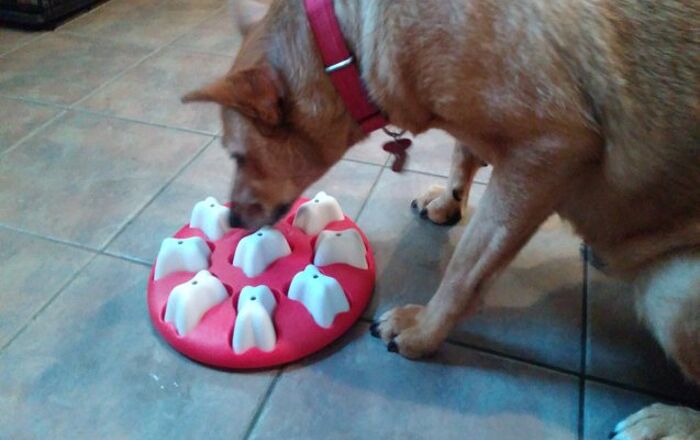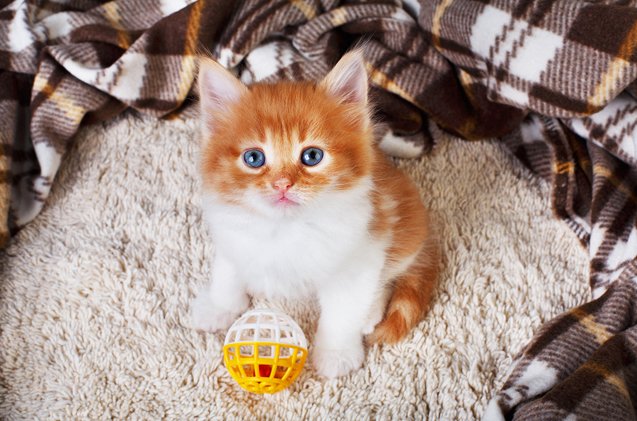
Before the big day, be prepared! First impressions are important, and you want to make sure your kitten’s first vet visit goes smoothly.
Whether you’re a new pet owner, a new cat owner, or you’re planning to bring home a new kitten, it’s always good to review the following protocol for visiting the vet for the first time with your adorable furball.
Making the Appointment
One of the first things to do after you get your brand new kitten is to make a vet appointment. No matter from where you got your kitten, you want them checked out by an feline expert. Call your local vet and make an appointment. Note if the vet has a special feeding requirements, or wants you to bring something such as a stool sample. Some vets ask for stool samples since shelters often have problems with worms, and a fecal float is the best way to ensure your cat isn’t sick.
Related:How To Calm A Hyper Kitten
If this is your first visit with a kitten, ask about fees and procedures on the phone. You don’t want to be surprised by a giant vet bill! It’s best to know in advance, and to plan (and budget).
If you adopted your cat from a shelter or bought her from a breeder, then you should already have paperwork detailing her medical history. At 12 weeks, the age most shelters and breeders allow you to take your kitten home, she should have already had some shots, include the three-way vaccine. Your shelter or breeder will tell you whether you need the booster shots for this.
The Big Day
On the day of your actual visit, your kitten should be in a secure pet carrier. Invest in a carrier that will fit your adult cat later in life, since it’s good practice to transport your cat in a carrier wherever you go. If your cat is unhappy in her carrier, talking to her and reassuring her while in the waiting room might help her calm down. Though if you’re the person with a loud kitten, no one minds; most people in the vet office have gone through a similar plight at one point!
Related:
The Stages of Kitten Development
Once you get called into the examination room, you can take her out of the carrier. Most cats like to inspect the area, see what’s up, and potentially hide in a cupboard. Your vet will probably stop that from happening, and start to do a simple examination. In a routine examination, your vet will check your cat’s teeth, measure her temperature, check her organs through palpation, listen to her heart, test her mobility, check her eyes and ears and lastly check for any signs of fleas.
If your kitten hasn’t had regular vet coverage, or was a stray, your vet will most definitely take blood tests as a precaution to check out its health. Although it can be upsetting for you to watch, remember that the vet knows what they’re doing, and they’re taking the best care of your kitten.
If your cat has not be spayed or neutered, your first vet visit would be the time to bring it up. There are a lot of advantages to spaying or neutering your kitten, the most notable of which is helping curb cat overpopulation.
And let’s talk about declawing – don’t do it. In fact, most vets won’t do it. The practice has been condemned by many organizations, and for good reasons. Instead of declawing your cat, talk to your vet about what it would take to trim your cat’s nails regularly.
If your kitten is healthy and all up to date with her vaccines, your vet will advise that you do a follow up in a year, and send you home. Congratulations! Once you get home, reward your kitten with cuddles, treats, and assurance that she did great. And even if she didn’t do great, no worries… you only have to do this once a year!

